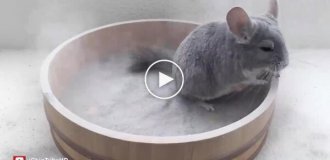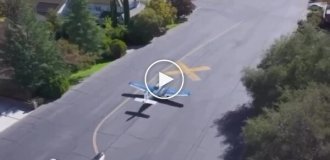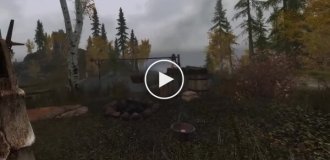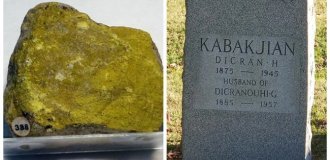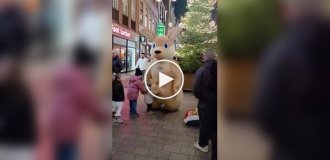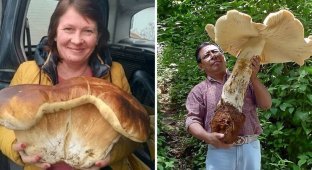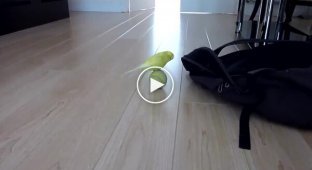Three-toed Potoroo: a funny little animal that prefers a mushroom diet (8 photos)
The three-toed potoroo is a marsupial that prefers mushrooms, roots and small insects. The animals come out to pick mushrooms only at night, so as not to become someone’s dinner. 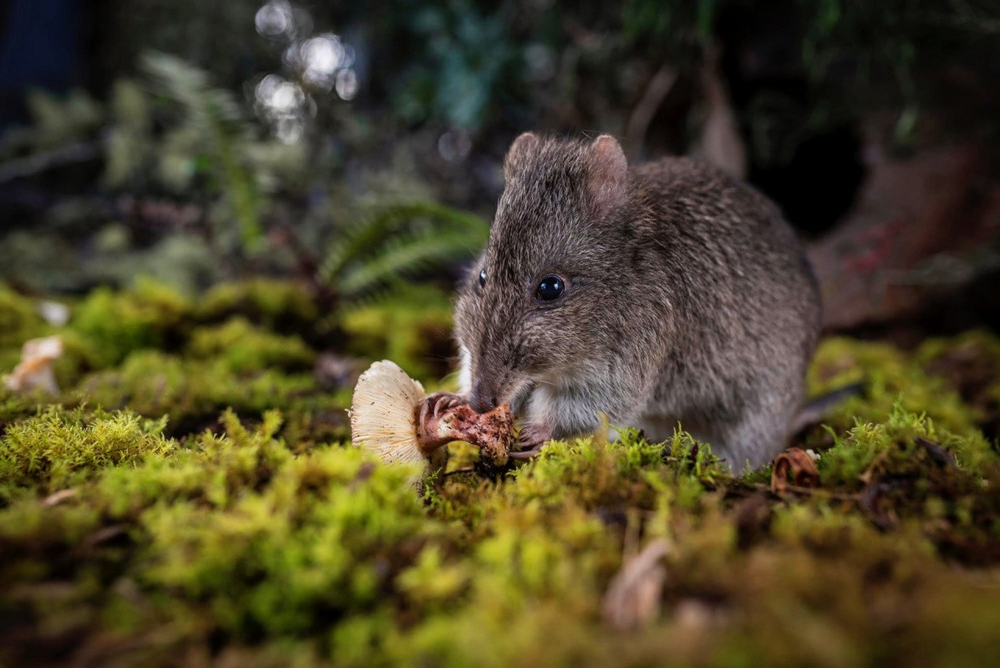
Even large and strong animals have a hard time in Australia. But what if you are a tiny animal, slightly larger than an ordinary rat? The three-toed potoroo has found the answer to this question! You need to carefully choose the time for walks, move silently and eat mushrooms. Jokes aside, the last condition is the most important!
The three-toed or long-nosed potoroo is a cool little animal from the order of two-incisor marsupials. Outwardly, they can easily be confused with the rats we are used to, if not for three “buts”: a long nosed face, a powerful tail and strong hind legs. Of course, because Potoroos are close relatives of all the famous kangaroos! Our babies can be called a smaller version of the giant Australian jumpers with clearer nutrition settings. Truffles and champignons are their favorite delicacy! 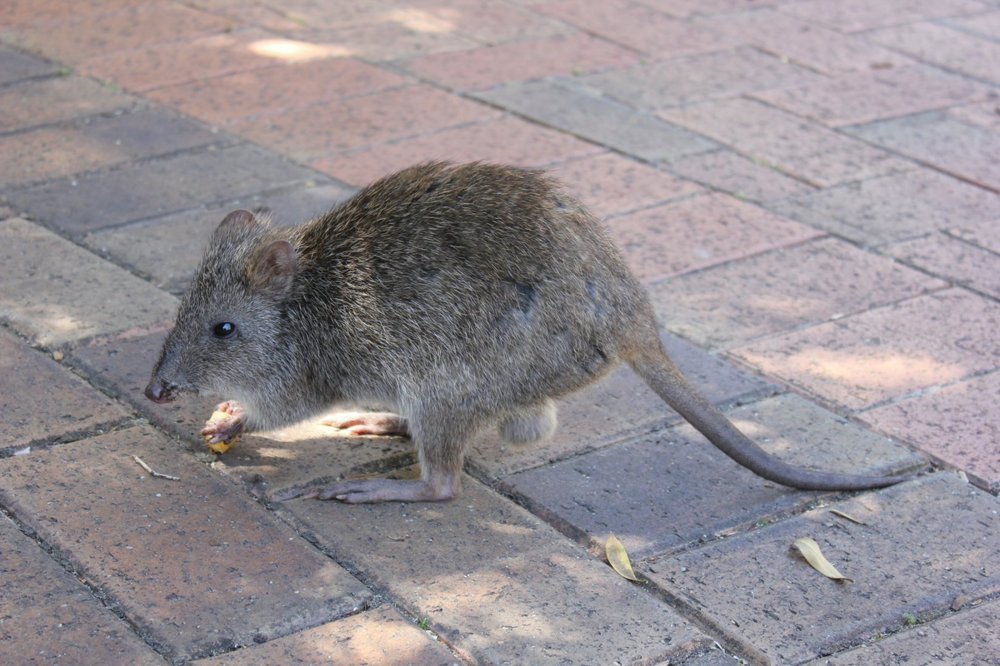
Even rats in Australia - they jump!
In general, there are not many living creatures in the world that would prefer a mushroom diet. Most of them are among mollusks and insects. Mammals also sometimes hunt quietly, but animals only supplement their diet with mushrooms. Why?
The fact is that the cell wall of fungi consists of chitin. This is a hard and tough biopolymer that is difficult to digest in the gastrointestinal tract of mammals - we do not have special digestive enzymes for it. That is why animals do not take mushrooms as the basis of their diet, because, roughly speaking, there is nothing to “eat” in mushrooms. But how then do three-toed potoroos survive? After all, they only eat mushrooms, and insects, berries, roots, tubers and other green stuff go for dessert! 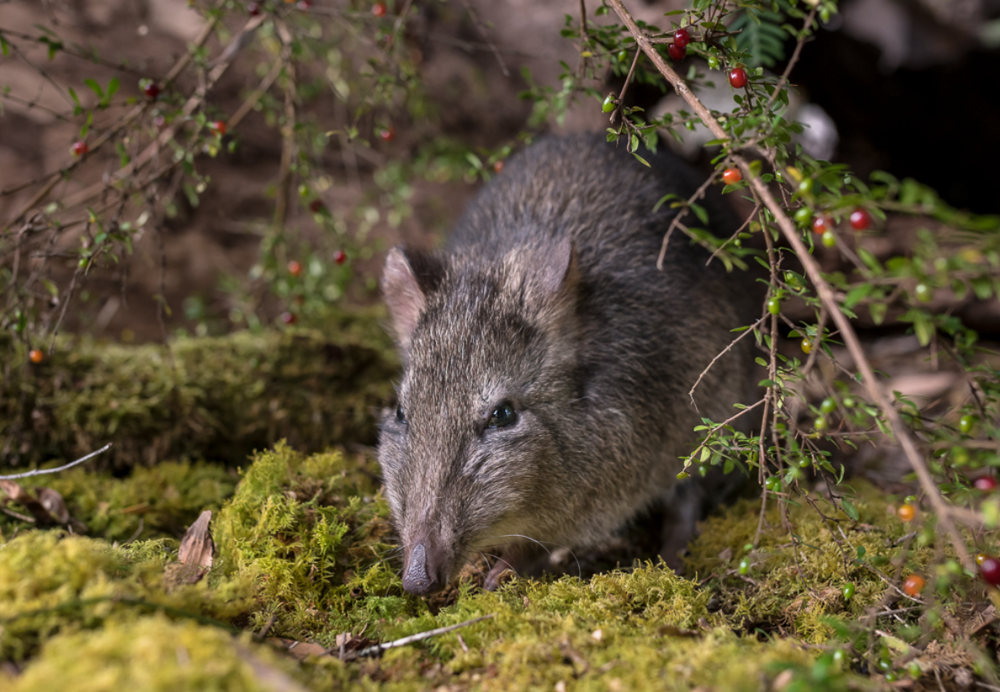
Cunning mini-kangaroos solved the problem very effectively. The potoroo's digestive tract is designed in such a way that there is a special compartment in front of the stomach - the proventriculus. Microbial fermentation of food occurs in this chamber compartment. Millions of microorganisms live there that are adapted to digest chitin. They help the animals extract useful substances from mushrooms! When the chitinous membrane of the fungal cells is split, the food moves into the main stomach and further through the intestines. Well, there the digestive juices of the potoroos themselves easily deal with the half-digested mushroom soup! 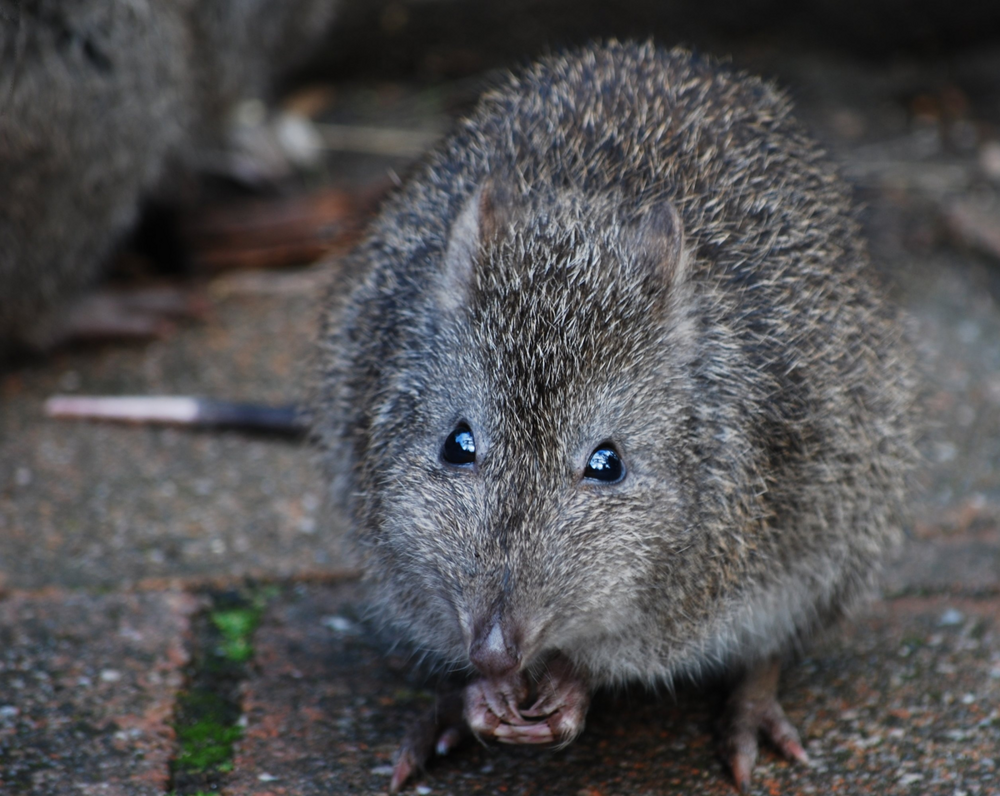
This diet is beneficial both for the animals themselves and for the entire ecosystem! You can count the number of mushroom hunters among the inhabitants of Australia on one hand, because potoroos simply have no competitors for resources. And in search of “prey”, the animals do good to their ecosystem: they loosen the top layer of soil and improve the permeability of water and air to deeper layers. Well, after eating, potoroos serve as excellent distributors of fungal spores throughout the area - also a useful thing. 
True, all the toothy lads of the continent do not share the views of biologists on the benefits of kangaroo chicks and, at any opportunity, catch potoroos for lunch. Owls, foxes, cats, dingoes and simple stray dogs are greatly reducing the population of our little mushroom eaters. But they are in no hurry to reproduce: in one year, a female can bring only 2-3 cubs.
The breeding season of potoroos is not tied to a specific time of year, but most matings still occur in spring and summer. The animals live separately, each in their own area. At the same time, the male’s territory is slightly larger, about 19 hectares, and several females can live on it at once. The mating habits of woollies have not been studied enough, but, apparently, guys find ladies by smell. 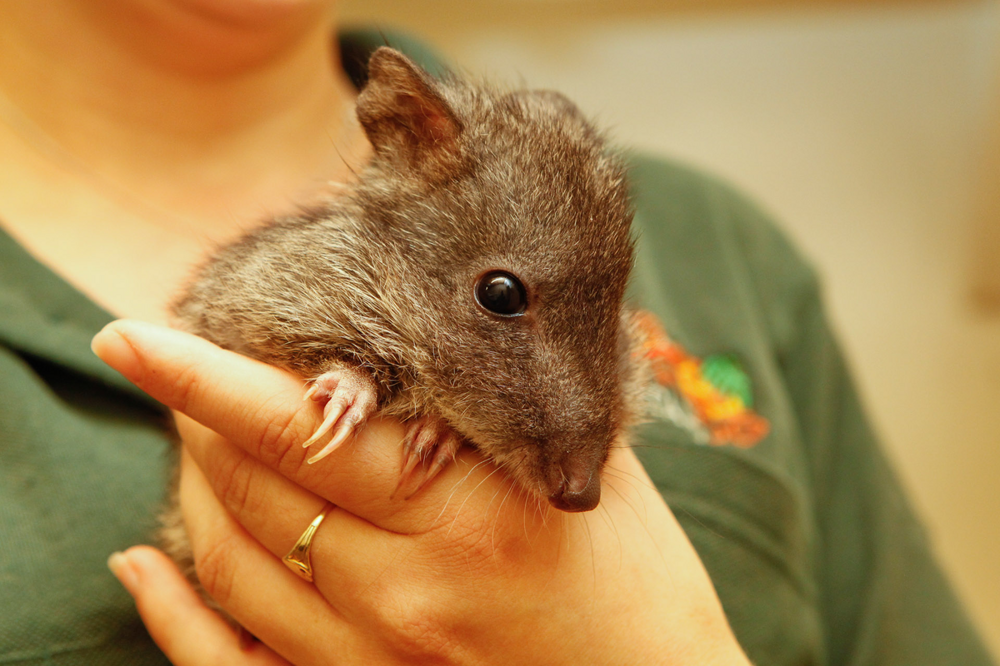
Potoroo pregnancy, by the standards of marsupials, lasts a very long time - as much as 38 days! A newborn weighs only 0.3 grams, but the requirements for it are the same as for an adult. Immediately after birth, he must independently move into the mother's pouch and gain a foothold there. If he fails, he will most likely die. A failed mother is unlikely to be upset. Almost immediately after giving birth, the female is ready to conceive again. This approach is completely justified: if the first cub dies on the way to the pouch, it will be immediately replaced by the next one. Well, if not, then the pregnancy will go on a “pause” while the mother feeds the first baby for 130 days in a row.ysha. 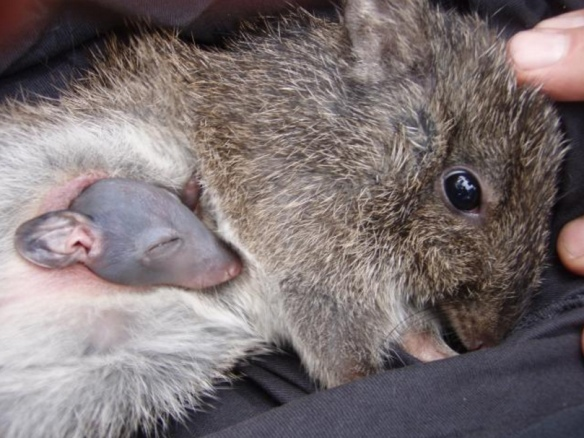
After this time, the chick will be ready to leave the bag. However, for a little more than a month he will be dependent on his mother and milk. Gradually, the connection between the female and the cub weakens, and the baby becomes ready for independent life. The speed of reproduction, coupled with all sorts of threats, is today greatly reducing the number of three-toed potoroos. Previously, the animals were distributed throughout almost the entire continent, but now they can be found in separate populations in southeastern Australia and Tasmania. 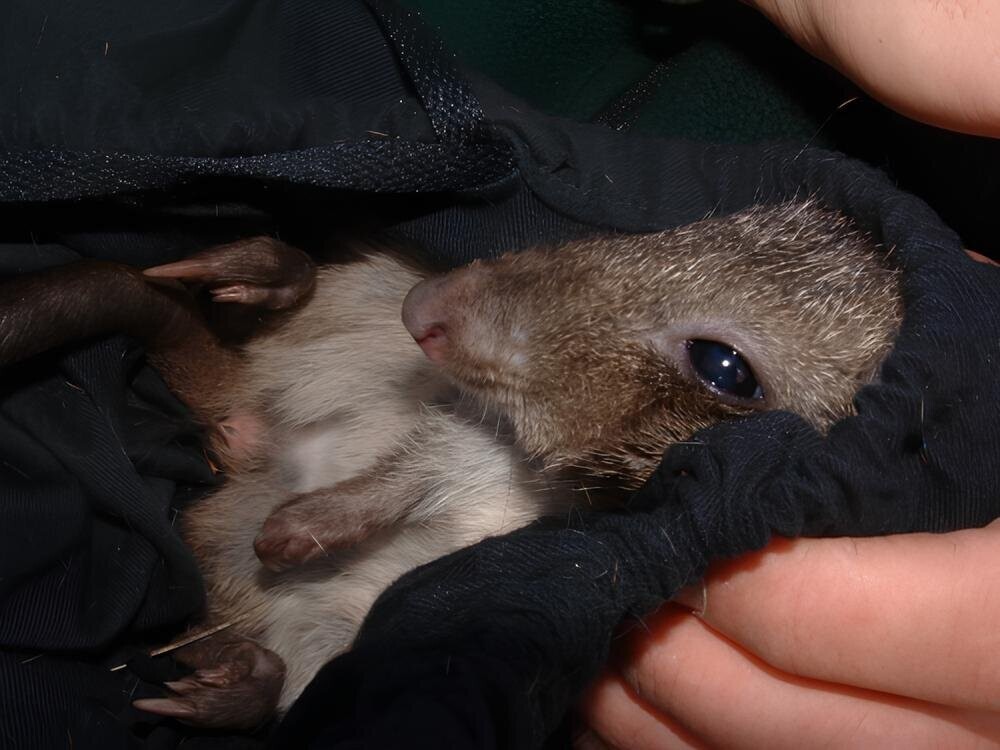
One thing is good: no one is turning a blind eye to the problem of the extinction of mini kangaroos. The Ministry of the Environment monitors non-native predators, protects the Potoroo's home range, and continually monitors the status of the population. Let's keep our fingers crossed that Australians can save these cute mushroom eaters!
